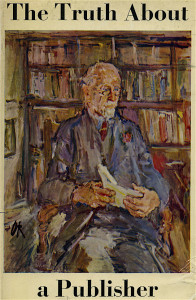An excerpt from a signed typed letter addressed to the feminist bookseller and Powys specialist, Joan Stevens from Phil Coram (among other things the bibliographer of Hugo Manning.)
Vera Wainwright… have you heard of her Joan? She met the Powys family in 1927 and was “greatly enriched by this meeting”… a curious tie-up here… she was published in COMMENT, the very magazine which Hugo had such difficulty in getting hold of. She was also a good friend of Victor Neuburg and Austin Osman Spare… both of whom were involved with Aleister Crowley. In fact I have a copy of POEMS & MASK by Vera Wainwright which is illustrated by Austin O. Spare (and not published till 1968… 13 years after Spare’s death). These illustrations, as far as I know, are not published in any of Spare’s other books. The thing which may be of interest to you however is the first poem in the collection… at the risk of copyright here goes…
For John Cowper Powys
The sad sea shell that murmurs all the day
Its memories faint; the lost, abandoned stone;

 Arguably one of the two greatest twentieth century English writers on food (the other being Elizabeth David), Jane Grigson ( 1928 – 1990) was the subject of this intriguing etching by the artist Jack Daniel, who knew her in the early fifties when she was living in west London as a young picture researcher working for the publisher George Rainbird.
Arguably one of the two greatest twentieth century English writers on food (the other being Elizabeth David), Jane Grigson ( 1928 – 1990) was the subject of this intriguing etching by the artist Jack Daniel, who knew her in the early fifties when she was living in west London as a young picture researcher working for the publisher George Rainbird.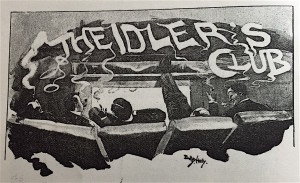
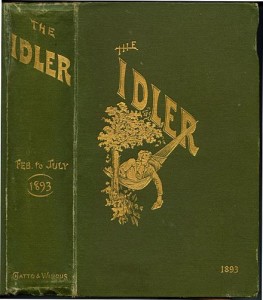
 This is the world of Evelyn Waugh’s 1930 novel Vile Bodies. The hero of the novel, Adam, becomes a society columnist – ‘Oh Nina, what a lot of parties’ he complains to his girlfriend – and the narrator adds:
This is the world of Evelyn Waugh’s 1930 novel Vile Bodies. The hero of the novel, Adam, becomes a society columnist – ‘Oh Nina, what a lot of parties’ he complains to his girlfriend – and the narrator adds:
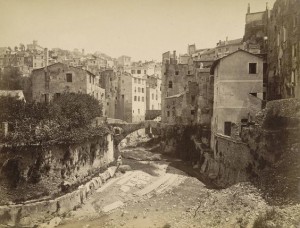
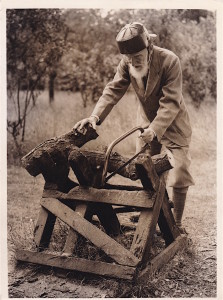
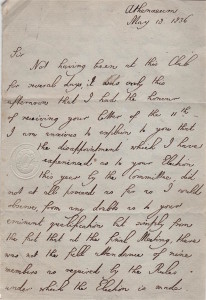
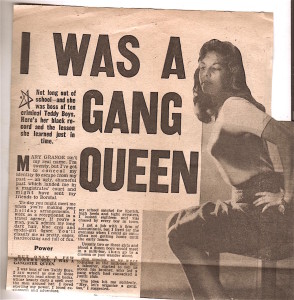

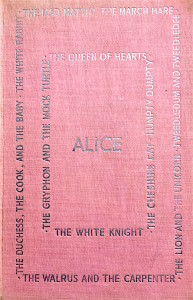
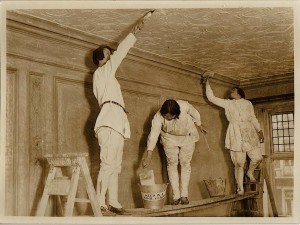
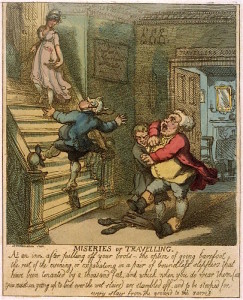
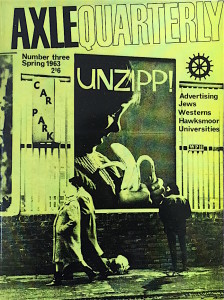
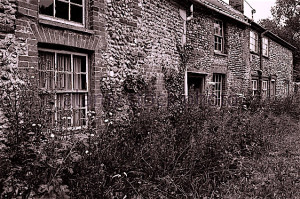

 This is a list sent in by a nameless jotter. It is by no means exhaustive. It had no notes but each well worn phrase has been used as banter- a rejoinder or an amusing interruption in a conversation or during an anecdote or monologue. Almost all use irony, sarcasm or mild mockery and are cliches – but they could possibly still incite mirth if the timing was right. Thumping cliches have asterisks. I’ll get my coat.
This is a list sent in by a nameless jotter. It is by no means exhaustive. It had no notes but each well worn phrase has been used as banter- a rejoinder or an amusing interruption in a conversation or during an anecdote or monologue. Almost all use irony, sarcasm or mild mockery and are cliches – but they could possibly still incite mirth if the timing was right. Thumping cliches have asterisks. I’ll get my coat.
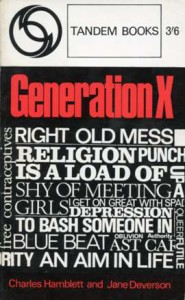 If you Google Jane Deverson all you will find is that she was the journalist, who with Charles Hamblett, invented the catchy term ‘Generation X’ to describe the disaffected youth born just after the close of the Second World War. Today they are better known as ‘ Baby Boomers ‘, but back in 1963, when she co-wrote the feature in question for the magazine ‘Woman’s Own’, that particular label had not yet been invented. Anyway, Generation X sounds a lot cooler. A book followed in 1964 and it was a copy of this, which budding punk Billy Idol found in his mother’s home, that inspired him to form a band with the same name.
If you Google Jane Deverson all you will find is that she was the journalist, who with Charles Hamblett, invented the catchy term ‘Generation X’ to describe the disaffected youth born just after the close of the Second World War. Today they are better known as ‘ Baby Boomers ‘, but back in 1963, when she co-wrote the feature in question for the magazine ‘Woman’s Own’, that particular label had not yet been invented. Anyway, Generation X sounds a lot cooler. A book followed in 1964 and it was a copy of this, which budding punk Billy Idol found in his mother’s home, that inspired him to form a band with the same name.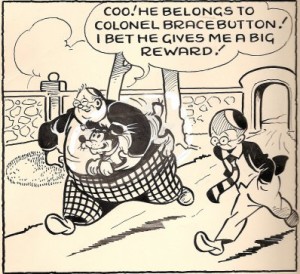 Found in the
Found in the 